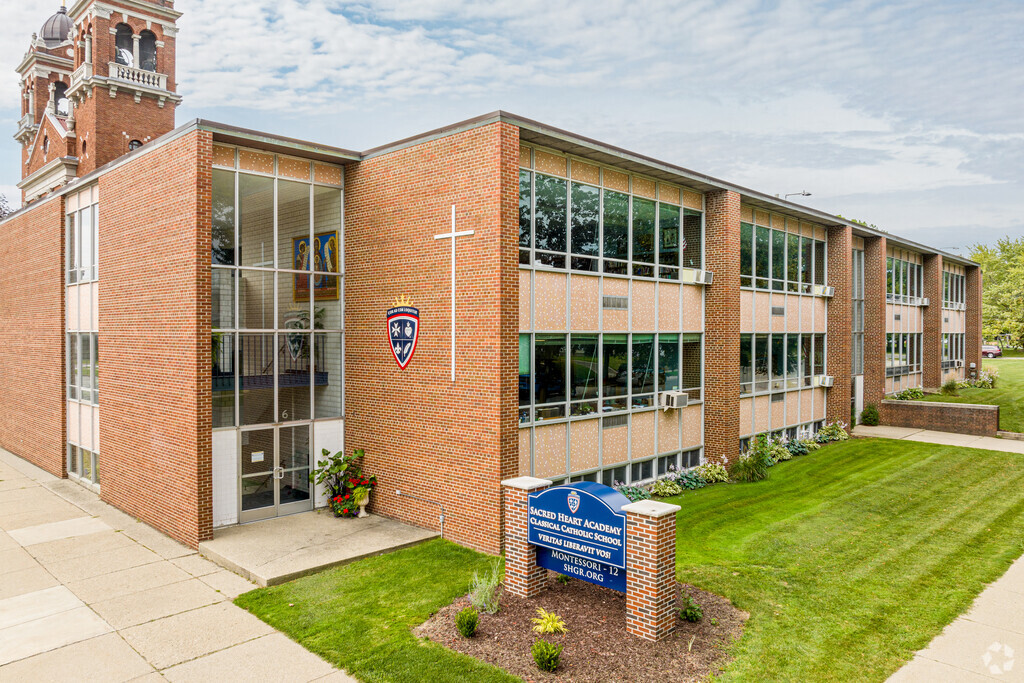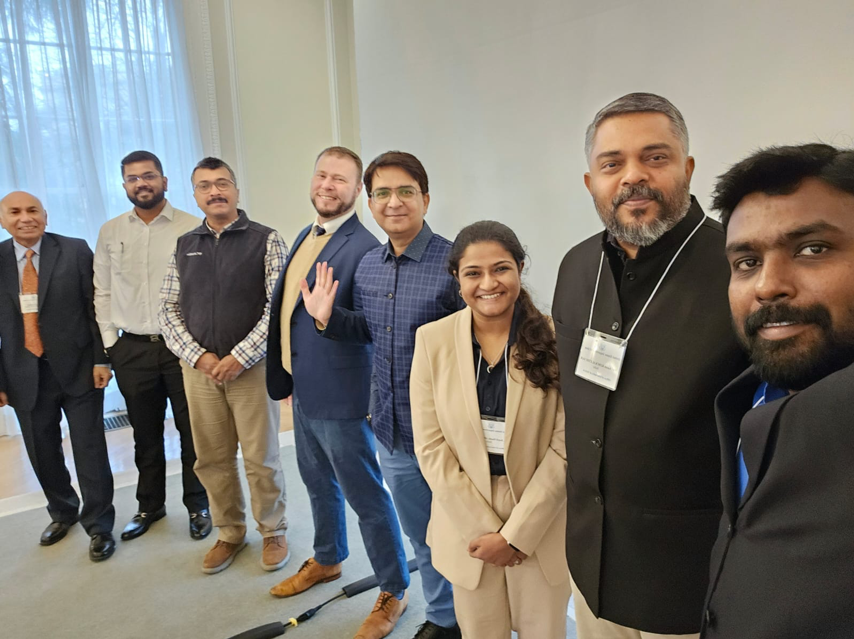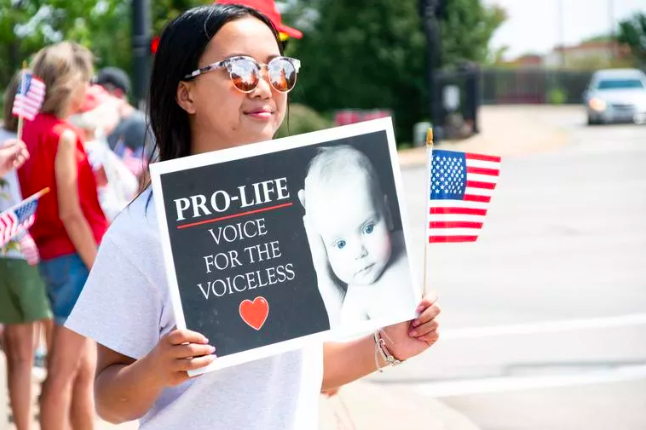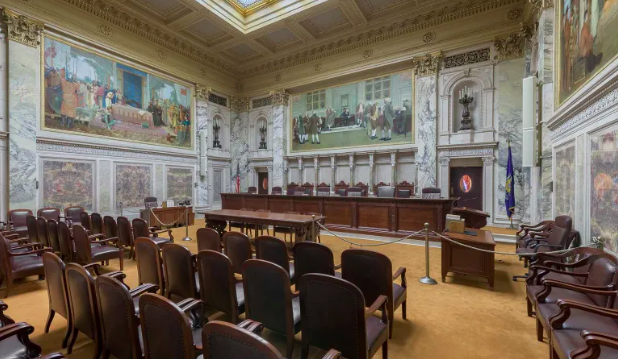By: Hope Zigterman
Around 3,000 migrants are waiting outside Calais, France, as they hope to make their way into Britain via the Eurotunnel. Each night thousands face guards armed with tear gas and clubs, and ten so far have died attempting to board the trains that will take them through the tunnel. The situation has gained the attention of the international media, as tensions rise between Britain and France, and traffic through the tunnel clogs up.
However, this scene is not unique. At Ventimiglia, Italy, and along the Hungarian border, migrants also wait as they flee places of violent conflict throughout Africa and the Middle East.
With 155,000 migrants arriving so far this year—a number already exceeding the total amount that reached Europe the previous year—the continent faces a migration crisis. The crisis presents a challenge, one that so far Europe has utterly failed to meet, namely, responding in ways that build long-term stability and embody the continent’s own liberal democratic values, especially religious freedom and tolerance.
Italy and debt-ridden Greece have felt the strain of the crisis more than most, as they are common entry points. Due to European Union regulations, migrants must remain in the country they enter. This arrangement leaves migrants stranded in the countries least capable of processing and providing aid to them because of a lack of funds and personnel. In an attempt to distribute the responsibility, European leaders met in June to decide on mandatory quotas to resettle 40,000 migrants, but instead settled for a voluntary plan.
Meanwhile, individual countries have responded to the migrant crisis by stepping up security measures. Hungary, for example, has plans to build a fence along its border with Serbia.
Europe has also failed to save the lives of over 5,000 migrants who died in the last year and a half making the Mediterranean crossing to enter the continent. Italy responded to these tragedies with a rescue plan, Mare Nostrum, but it was replaced by a severely limited European Union program in October 2014.
The weak European response is partly shaped by a rising xenophobia. Far-right parties that oppose migrants for economic, security, and racist reasons have sprung up across Europe and are gaining influence and numbers. In June, the Danish People’s Party, a far-right party, won a significant presence in the Danish parliament. Around the same time, thirty-five members of far-right parties represented in the European Parliament formed a coalition, which grants them access to more funding and speaking time. In Slovakia, at least 3,000 gathered to protest the proposed quota system that European leaders discussed. Phrases, such as “happy white day,” could be heard at the protests organized by a group called Stop the Islamization of Europe.
The current European response to the migration crisis hauntingly echoes the response to migration leading up to World War II. As Jews faced increasing pressure from the Third Reich, many attempted to emigrate—only to find the doors to the rest of the world closed. In 1938, 32 countries had gathered at the French town of Évian-les-Baines at the behest of President Roosevelt to address the flow of refugees, but no country besides the Dominican Republic offered to increase their quotas of immigrants.
With 60 million displaced persons in the world today—the most since World War II—Europe must recognize the moral and practical imperative to help the individuals fleeing persecution and war.
Help will require European solidarity. Italy, Greece, and other entry states need increased financial assistance to provide humanitarian aid to newly arrived migrants. Once migrants have been processed, they need to be distributed throughout the EU and integrated into local economies. While migrants will require training and language classes, many are already educated and willing to work. Employment will allow migrants to contribute to the economy and pay taxes instead of draining welfare funds.
Integration, however, cannot mean mere assimilation, but rather a flourishing multiculturalism, made possible and sustained by an environment of robust pluralism and religious freedom for all. Migrants, many of whom fled religious persecution and sectarian violence, must be allowed to worship and live freely.
In recent years laws, condemning the practices of minority groups, such as Jews and Muslims, have appeared throughout Europe. Some states have banned Muslim head coverings and ritual animal slaughter, affecting both Muslim halal and Jewish kosher practices. The isolation caused by these laws and accompanying social hostilities has contributed to the rising tide of Europeans joining ISIS.
Migrants needs to be fully welcomed and accepted. Multicultural integration can produce dialogue and true religious freedom, which creates more secure and stable societies – the kind of societies Europe would favor in the conflict regions of the world that are producing migrants in the first place. Opening up its door to migrants of different ethnicities and religions provides Europe with an opportunity to model the liberal, democratic values it supposedly champions.
Hope Zigterman is a research associate for the Eurasia Program at the Institute for Global Engagement.
This piece was originally authored on August 27, 2015 for the Religious Freedom Project at Georgetown’s Berkley Center for Religion, Peace, and World Affairs.
THE RFI BLOG

Be More Faithful, Become More Resilient: An Invitation to Religious Institutions

How Soccer Reveals Different Meanings Of ‘Secular’ In France And The US

RFI’s Ismail Royer Meets with Delegation from India

Protecting the Unborn, Mothers, and Medical Ethics: The Stakes of Arkansas’ Amendment

Wisconsin Supreme Court Punishes Catholic Charities for Serving Everyone
CORNERSTONE FORUM

Public Bioethics & the Failure of Expressive Individualism

Religious Liberty in American Higher Education

Scotland’s Kate Forbes and the March of Secularism

70 Years of Religious Freedom in Sweden: Prospects and Challenges


